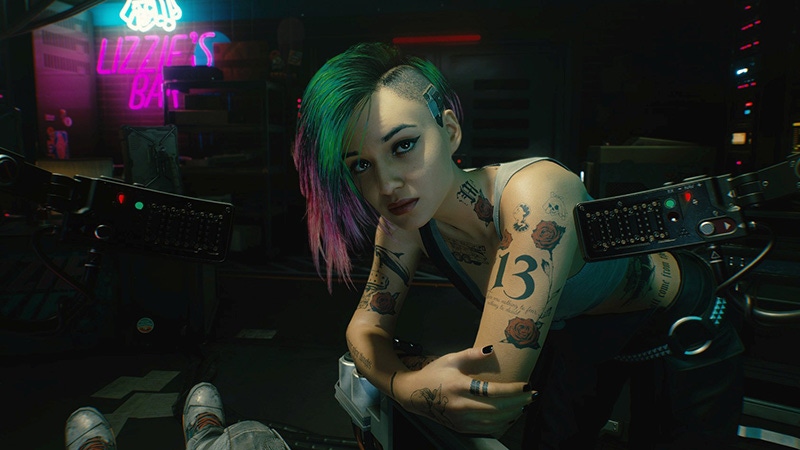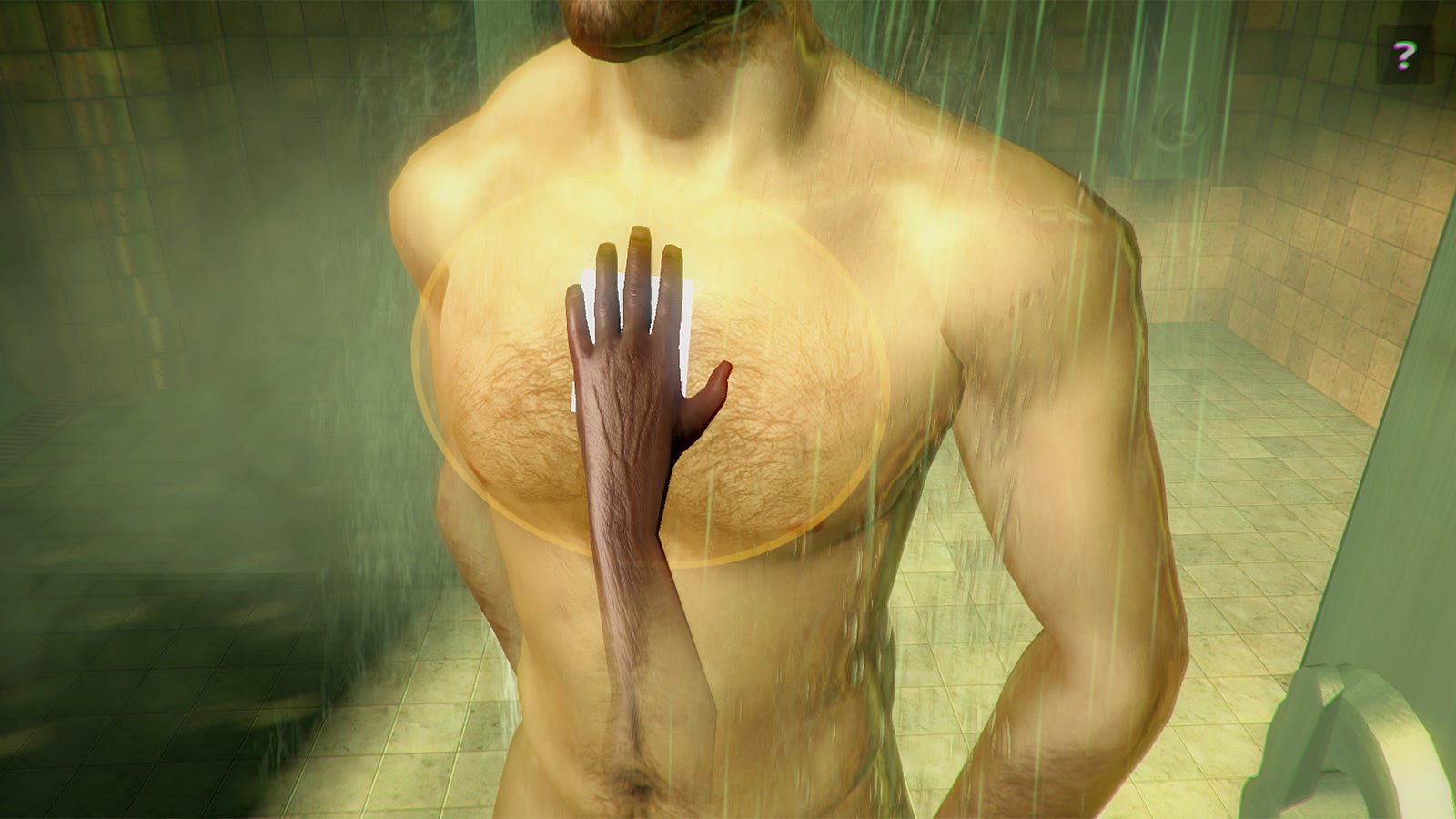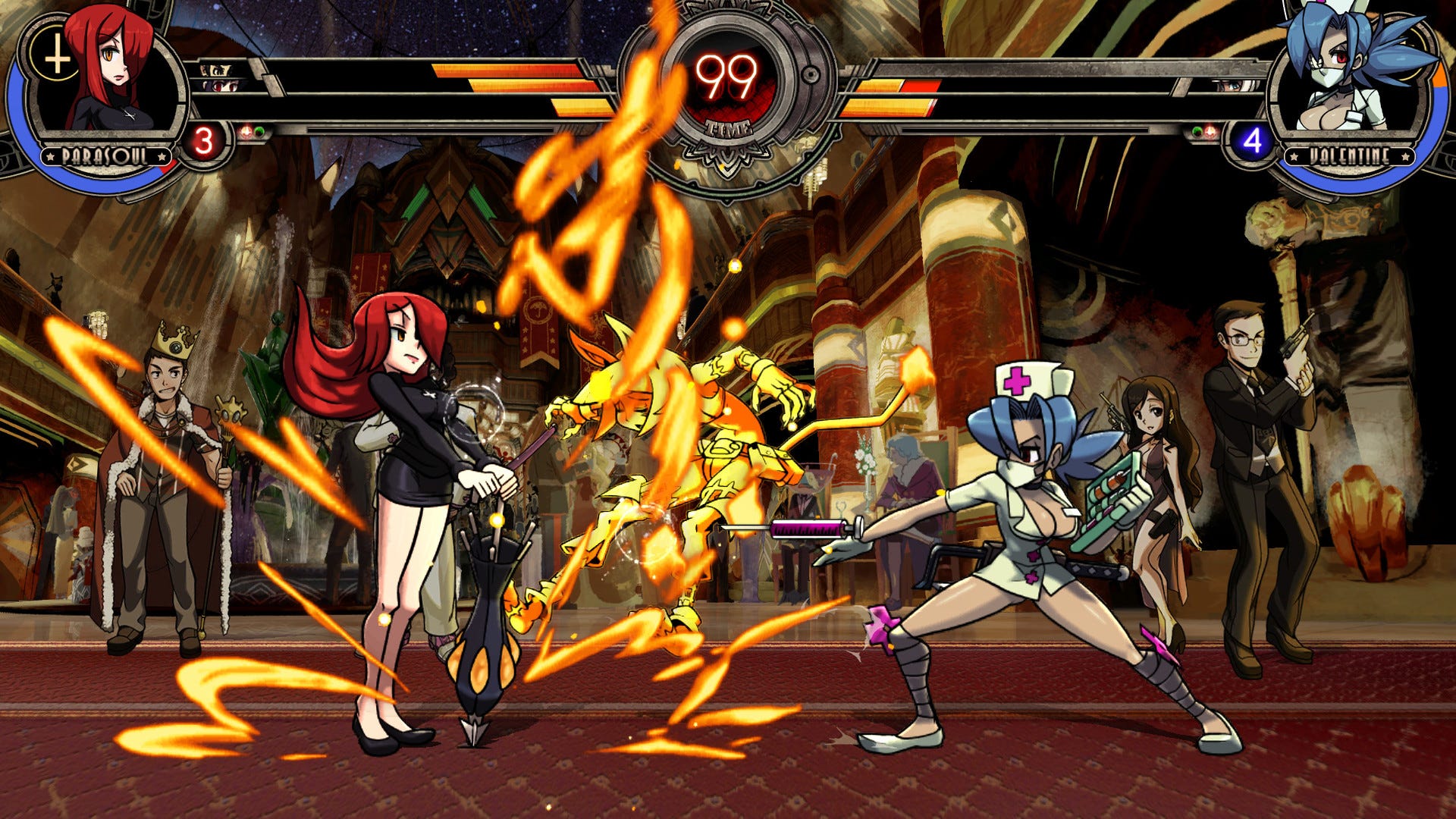
Sex in games, games about sex, and the spectrum of intimacy in interactive fiction is an underexplored subject. Considering how much sex people have daily and how pleasure is so ingrained into the social fabric of our media landscape you’d think more developers would do the same work as Larian Studios in hiring an intimacy coordinator for Balder’s Gate 3. Even when not tied explicitly to sex, the apprehension towards intimacy and emotional vulnerability has a palpable lack of attention.
Yet, an ever growing number of indie devs and artists are navigating sensitive areas to translate intimacy to interactive game spaces. I spoke with a few developers who design around sexuality in their work to learn how they approach the topic—and explore how you can too.
Sex and romance are often “secondary” systems in games
Franchise behemoths like Grand Theft Auto, Mass Effect, and Elder Scrolls dabble with romance but ultimately they are inconsequential to the rest of the game. Even when the romance is meaningfully connected to the narrative, Robert Yang, whose games predominantly are about linking mechanics with intimacy, says that blockbuster RPGs “treat sex and romance as a secondary side quest to supplement a primary kill-and-craft loop.”
In Starfield or Cyberpunk 2077, romances are quest lines that end with no more progression. The flirting, the dialogue, spending time together, it reaches the climax of having sex as a reward for the player’s time. Afterwards unique and developing interaction to reflect a budding relationship halt to regurgitated dialogue. “That doesn't make sense,” Yang argues, “no one falls in love so they can kill monsters 5% more efficiently. It's the other way around. We do tedious chores to care for someone, or we risk our own safety to protect loved ones.”
These “kindness coin” systems (as described by Michelle Clough) are easy to program and streamline romance plots but they turn meaningful interactions to detached audio-visual stimuli. The illusion that these NPCs are simply just a string of code is made vividly apparent when their behaviors are regimented to a threshold of player input. Video game romances designed under this philosophy usually deny the player opportunities to be "nice" to NPCs for purely platonic or selfless reasons. Many JRPGs (Yakuza: Like a Dragon, Persona 5) utilize kindness coins to add depth to character friendships the player creates along the way, and the rewards are then tied toward a sentiment in strong platonic bonds.
This lack of sincere exploration has been the inspiration for many indie developers and creators to design scenarios that explore intimacy and beyond.
Designing better “verbs” can make for better depictions of intimacy
Sharang Biswas has been working in the games space as both designer and educator creating erotic LARP and scenario games for some time. “I believe very strongly in games as meaningful verbs,” Biswas says.
After making Feast, a game about recalling memories tied to the tasting of food, Biswas pondered if “having sex” could be a mechanic as well. Through some collaboration and grant-getting, Biswas turned that verb “having sex” into an anthology of experimental erotic interactive fiction, Honey & Hot Wax, that was co-edited by Lucian Kahn. Biswas’ work is about sex but even more so about bridging the gap between sexual and live-action role-playing.
One game from the anthology is The Echo of the Unsaid: the scenario is two people play ostensibly straight college guys who have sex with each other but cannot talk about it. Biswas has said this LARP (and any of the games in the anthology) is inclusive to nonsexual encounters, players can simply role-play the scenarios with no sexual activity. But the games also tell players that they should go with anything they feel while playing.
The point of Echo of the Unsaid is to draw out the idiosyncrasies of sexual acts while still behaving like platonic straight men. Biswas says, “If you’re making romance games, think about if the verbs you’re engaging with say something.” In Echo of the Unsaid, the verb is to have sex and practice silence throughout the written narrative, suggesting that sex is a powerful act people do with one another that demands consideration. All of this is underscored by the game’s mechanics.
Another way to approach sex games is through physical mechanics and gestures. Yang notes that playing with game tools propels his ideas forward more so than using written narratives. “For me, writing is actually a really time-intensive process with a lot of editing and rewriting—but if you ask me to put together some 3D characters with IK [inverse kinematics], I actually find that process to be relatively intuitive and direct.” His games like Hurt Me Plenty, Logjam, and The Tearoom use their verbs to explore the physicality of sex.

Image via Robert Yang.
Yang explores the social contract that is sex, how consent is established and what it means to give and receive pleasure. By way of spanking, being a voyeur, or giving someone a blowjob (all mechanics players can do), these games are speaking with clear intention.
Yang continues, “I like how sex is such a fundamentally complicated thing that can absorb all your thought like a black hole, and then still leave you wondering what it really is. I think that fascination and mystery is part of the sexiness.”
Conceiving the erotic
Games about romance are also about how intimacy is considered erotic. Within a visual medium, eroticisms can be expressed through art styles that bring a sensuality without having to be explicitly sexual. In Mariel Cartwright’s designs for many of the Skullgirls characters, this approach to creating erotic imagery is contextualized by their personalities. Skullgirls aptly utilizes a hand-drawn 2D animation style that characterizes the individuality of its roster.

Image via Autumn Games.
Cartwright says “eroticism is as much in the image itself as it is in the viewer's mind, and finding success has a lot to do with making that connection with the viewer.” Character designs can be sexually stimulating because “you have the ability to give clues that let the viewer create the story that led to the image.” Creating vivid personalities in tandem with sexy visuals allows eroticism to avoid exploitation. This is a path many devs have gone down to represent varieties of orientations and body types when working with sexual themes.
Where animating character designs and building game systems are parts of the puzzle, developers making games about sex need to think through their blueprints for how their vision will pan out. Yang gives a noteworthy example in Rinse and Repeat HD, a shower simulator where players wash men in a shared locker room. Similar to Hurt Me Plenty, the gameplay revolves around a repeating gesture: the motion of scrubbing a person, creating pleasure for them. However, there is a certain speed and motion that has to be input to be deemed as pleasurable, so the game is back and forth of scrubbing hard enough while not being too rough.
The sequence is a brief two minutes and resumes on the next real world day (there is a schedule in the locker room synchronized to your computer’s clock.) So the game is a routine of learning what the other person wants and consistently showing up to be there for them.
Building this relationship through gameplay emphasizes the elaborate intimacy of desire and communicating during intimacy. As Yang puts it, "some people might say it's overthinking it. But some people don't have that luxury right? LGBTQ people have to think about it thoroughly, just to live with themselves. I wish it could be less about survival though, and more about curiosity, about wondering what happens if you dive in.”
What makes sex games a unique frontier of game development is their ability to reconsider preconceptions of what sex and intimacy mean. “I think there are a lot of women/queer artists that are creating work that I could only dream of doing myself,” Cartwright says. “It’s work that plays with expectations and bucks trends, and makes me rethink what I’ve been conditioned to find erotic.”
Make flirting more ubiquitous
Sex is everywhere and depicting it more in our games offers the opportunity to reevaluate preconceived notions about sexuality and visual pleasure. When I was playing Cyberpunk 2077 and exploring the romance with Panam, the most exciting part wasn’t the robotic sex scene, it was the bumbling flirting I attempted with her after completing my first mission with her. That feeling of nervousness towards intimacy is a magical sensation that many developers are tapping into. It is not out of the realm of possibility for big developers who are thinking of exploring romance to take notes from the people doing the work already.
One of the major takeaways from my conversations is how isolated romance is as a game genre compared to other mediums. In literature, romance novels make $1.44 billion in revenue using nothing but words and paper. Games have far exceeded that but it goes to show: human desire is a ceaseless commodity, so the trepidation from major studios making romance games seems groundless.
Exploring the deepest columns of what stimulates us—as humans—is a direction more developers should be considering in their next projects.
Read more about:
FeaturesAbout the Author(s)
You May Also Like









